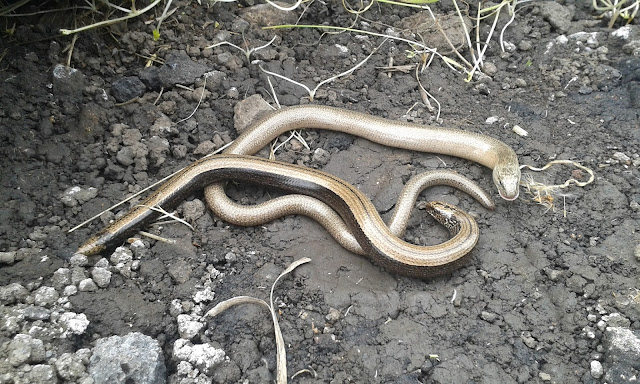Shambala is a music festival held in Northamptonshire in August. Since 2014, I've made furniture for the Meadow area at the event every year and was invited to do it again in 2017.
The Meadow houses the Healing Field, at the centre of which is a fireplace surrounded by seating and plants. It's a beautiful spot and I love to see people relaxing and unwinding on seats that I've made, surrounded by tents that healers are working in.
A week beforehand, bundles of scrap wood from sawmills are delivered to each area of the festival to build seating, fences or whatever else is required. It's always exciting to cut the straps, pick through and see what timber there is to work with! It could be oak, larch, lime, cherry or something else and much of it is reused from previous years. Sometimes even the strapping itself is reused in a design...
This particular festival is very keen on having as little environmental impact as possible. To help with that goal, we try to reuse as much as possible from previous festivals when making new furniture. Since a lot of the benches and tables are made from durable timbers such as larch or oak, they last well outdoors and so between festivals they are often used by visitors and fishermen on the estate. At the beginning of the next festival, we wander around hunting out each piece from wherever it has been spirited off to. There is always real excitement when a particularly-loved item of furniture is found!
Some of the benches from 2014 are still going strong today. When much of the rest of the site has new woodwork every year, I really like that the Meadow has furniture that is really 'of the place' - it stays there all year round. The patina of age suits it well.
Another thing that I really love about working in the Meadow area is that many of the crew have been doing this for years and know each other well. Some benches reuse pieces of timber that were originally part of seating made by Bertie, a stalwart crew member who sadly passed away before I started helping at the Meadow. It's nice to think that his work is still present in some of these benches.
It's not just seating that gets made for Shambala. For the last two years, one of the featured workshops has been paddleboard yoga. The people doing it head out onto the lake on their paddleboards and do yoga there.
We were asked to make a jetty, so that the attendees could get onto the water easily. It's now a permanent feature in the grounds.
It's not only useful for the workshops but is also a nice place to sit, surrounded by swan mussels and water plants. Don't try swimming though! The water is quite shallow and the thick, black mud is deep. The swan mussels shouldn't be eaten either, by the way. Just relax and enjoy the view.




